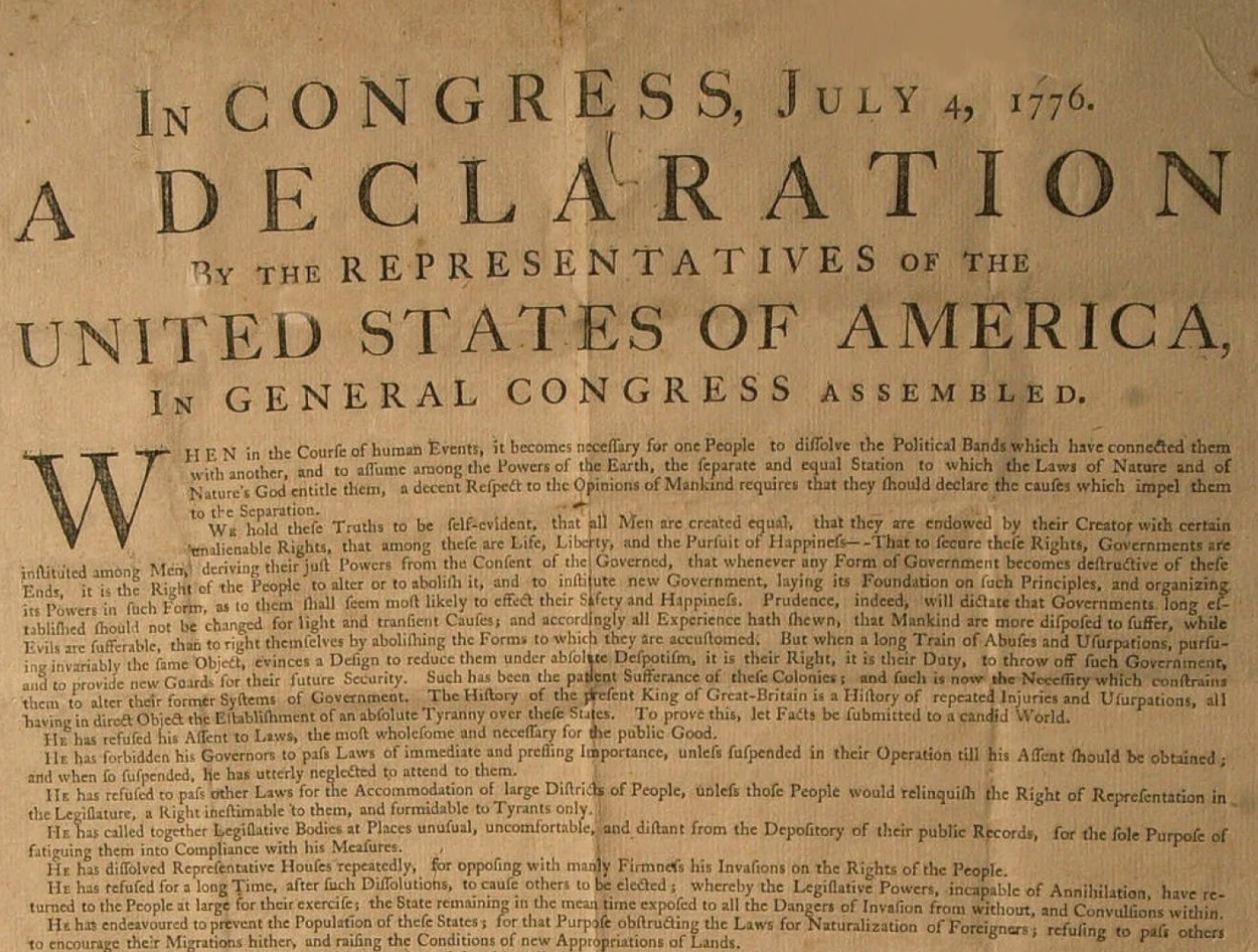
Click here to view to the lesson!
Creativity holds an important place in the history classroom. Children in an early childhood education setting are encouraged to paint, collage, and use their imaginations to learn about the world around them. At what point during a student’s education does that change? I argue that it doesn’t have to. No matter their age, allowing our students to use their imaginations to learn about historical events and figures as well as about founding documents is essential to their learning process and yet another method a teacher can use to bring life into their classroom. Additionally, our students are constantly consuming media. They watch movies (or several YouTube videos that could be the length of a feature film), they watch television, and they play games. Our little consumers need and deserve the chance to be the creators of some of the material around them.
In a September 2009 article in Educational Leadership, Sir Ken Robinson tells readers that a “misconception is that creativity is just about letting yourself go, kind of running around the room and going a bit crazy. Really, creativity is a disciplined process that requires skill, knowledge, and control. Obviously, it also requires imagination and inspiration.” Perhaps you are apprehensive about getting messy with history because you feel like methods such as painting and collage are simply too unstructured. You can write an activity that involves students’ imaginations that is also structured and in the end has them answering and continuing to think about the essential questions your unit is designed to answer.
As an example, I present to you a lesson I wrote for the Declaration of Independence. The Declaration of Independence is, to quote 1776, “a masterful expression of the American mind”. Every time I read it, I get the chills. Unfortunately, for students who aren’t often exposed to primary source documents or who are just learning about the brilliance of the Declaration, the thrill of reading it might not be there at all. Part of the reason for this is that students don’t typically understand what the Declaration says after a cold-read. This lesson allows students to work in pairs to break apart the beginning of the Declaration piece by piece. After “translating” their line of the Declaration, I ask them to create an artistic representation of the line they translated. They can use any medium they choose, but they may NOT use clip-art from a computer. What they create has to come completely from their minds and be made by their own hands. The results are memorable and some are quite astounding!
